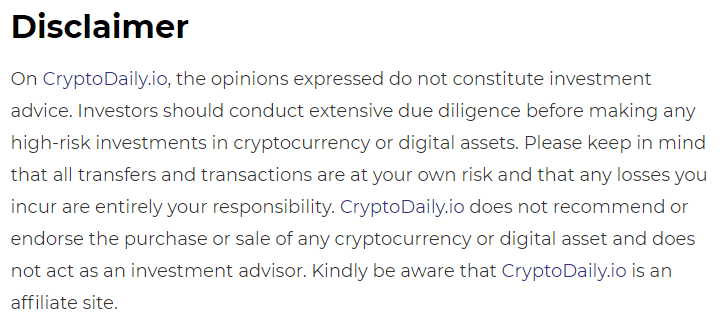The permissionless protocol enhances margin trading for users and creates opportunities for long-tail tokens on the BNB Chain.
OpenLeverage, a permissionless lending and margin trading protocol, is now live on the BNB Chain (formerly called Binance Smart Chain). The permissionless design of OpenLeverage will promote BNB Chain’s long tail to be used as margin for hedging, trading, and speculation. This announcement marks yet another milestone completion in OpenLeverage’s strategic roadmap.
Unmet Demand for Leveraging
The BNB Chain’s cheap gas fees and fast transactions, combined with a robust ecosystem, encourages projects to grow on the chain. There are already over 2,200 tokens on BNB Chain, with most having generally low market caps. Fewer than 20 BNB Chain tokens can be long or short in the common derivatives market, while most are in the long tail segment of the market. These projects are not provided leveraged trading opportunities from CEXs or DEXs.
The BNB Chain TVL is currently more than $13 billion, with 3.6 million active users trading on Pancakeswap in the past 30 days. Despite considerable trading volume, users are limited to spot trades with no leverage.
Leveraged trading can amplify trading volume for these users while providing more trading strategies and added risk management tools. Users can leverage larger amounts of capital into undervalued projects, with the option of shorting their tokens.
Enriching the BNB Chain DeFi Ecosystem with Leverage Trading
Troubled by the issue of depth of leveraged trading in creating long-tail token markets, CEXs and other DEXs have chosen to neglect this market segment.
OpenLeverage approaches the problem by avoiding the depth issue and leaving it to the spot market, drawing on the depth from the DEX, which multi-billion-dollar TVLs have underpinned, allowing anyone to create any token pair on the OpenLeverage protocol without permission. When a user margin trades by opening a long or short position on OpenLeverage, the protocol lends the appropriate asset in the lending pool and uses the DEX for buying and selling transactions.
This concept makes OpenLeverage the ideal permissionless trading protocol, building a lending and margin trading protocol that allows any user to create unique trading opportunities that meet unmet needs within the DeFi community. Using this protocol, anyone can create a margin trading market as easily as they can create a liquidity pool on a DEX, allowing users to hold long or short positions in hundreds or even thousands of tokens.
New projects can create lending pools with a single on-chain transaction to support their margin trading and boost their trading volume from day one of launch.
About OpenLeverage
OpenLeverage Protocol was launched on the Ethereum mainnet on December 20, 2021, integrating with Uniswap V2/V3 and Sushiswap. Currently, OpenLeverage has a community of over 32K members.
OpenLeverage plans to increase its offerings with multi-chain deployments. In addition to the current Ethereum and BNB Chain, OpenLeverage will connect to top-tier AMM DEXs on other EVM-compatible chains within 3-6 months, with options including Avalanche, Polygon, Fantom, and Solana (via Neon Lab), as well as Layer 2 solutions such as Arbitrum and Optimism.
Native $OLE tokens and OpenLeverageDAO will be launched to boost protocol usage with decentralized governance in 2022. Token economy models will be proposed to incentivize users to trade on OpenLeverage. The team will extend and enhance the protocol, prioritizing social trading, tranche lending with smart vault, and limit order for margin trading.
OpenLeverage believes allowing as many tokens as possible to be used as margin for hedging and speculation will exponentially increase the overall liquidity of the decentralized market and elevate DeFi into a more mature stage.



